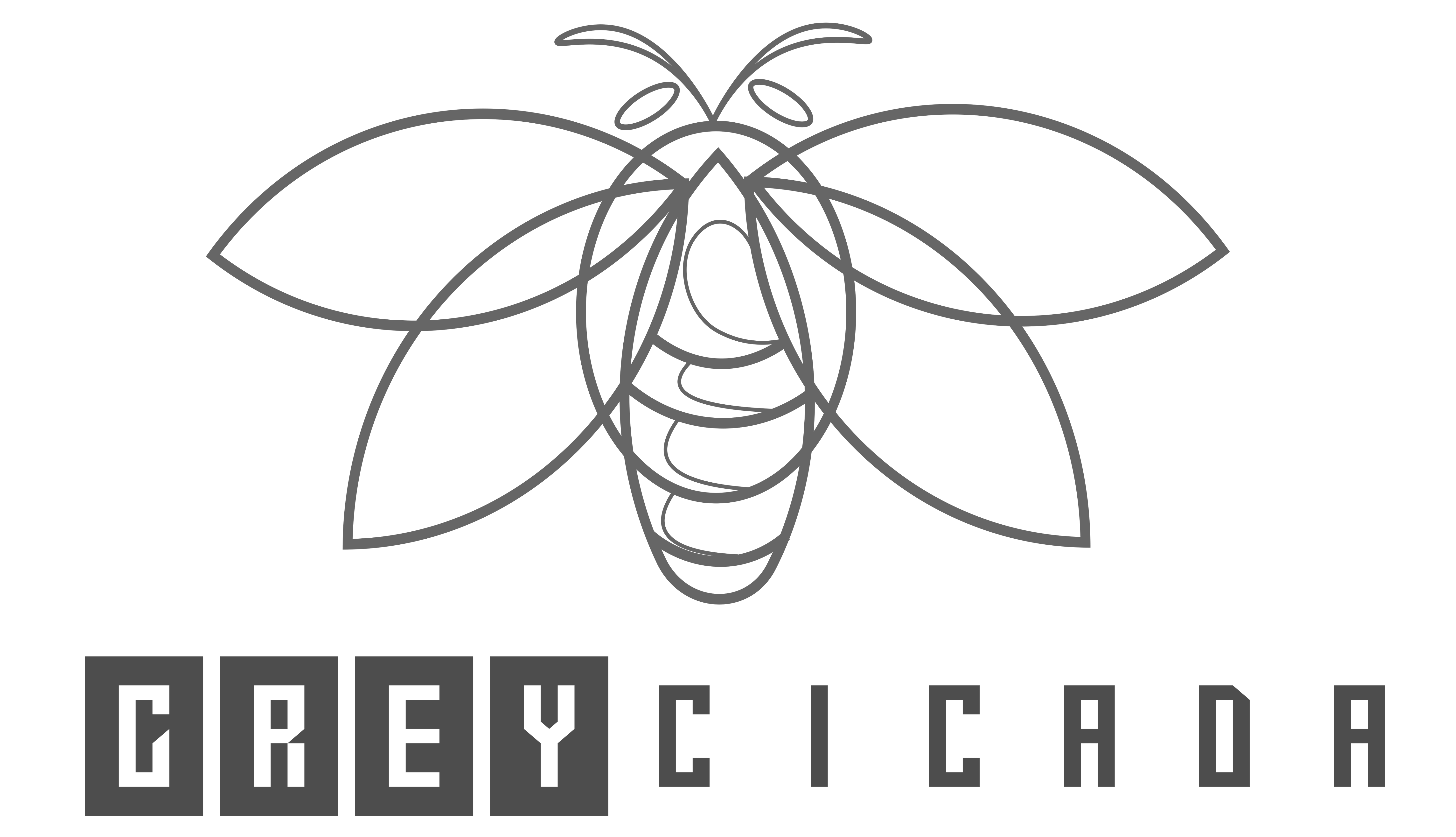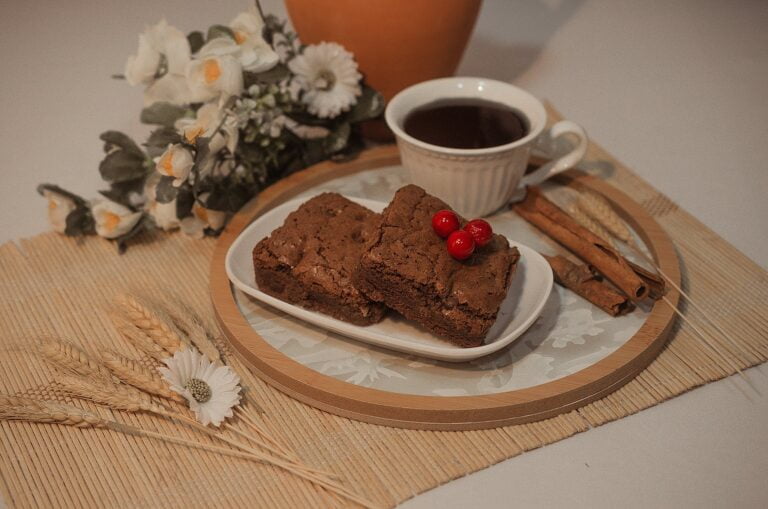FREE SHIPPING OVER $50
Stop Heart Attacks Before They Start—These 10 Foods Are the Key
When it comes to heart disease prevention, your diet plays a huge role. What you eat daily can either increase your risk or help protect you from one of the world’s leading causes of death—heart attacks. The good news? You don’t need a complicated meal plan or expensive supplements to support your heart health. You just need to know which foods pack the most protective punch.
Below, we break down 10 heart-healthy foods that have been shown by science to reduce inflammation, improve cholesterol, lower blood pressure, and overall keep your cardiovascular system running smoothly. Whether you’re in your 30s or your 60s, it’s never too early—or too late—to start protecting your heart.
Let’s get into the foods that can actually make a life-saving difference.

1. Fatty Fish: Omega-3s That Fight Inflammation
Fatty fish like salmon, sardines, mackerel, and trout are rich in omega-3 fatty acids, which help reduce inflammation throughout the body, including in the arteries. Studies consistently link omega-3s with lower triglyceride levels, better blood vessel function, and reduced plaque buildup.
How to eat it: Aim for at least two servings of fatty fish per week, grilled or baked (not fried) for maximum benefit.
2. Oats: The Cholesterol Sponge
Oats are packed with a type of soluble fiber called beta-glucan, which acts like a sponge, soaking up cholesterol and helping to flush it out of your system. Regular oat consumption can lead to significant reductions in LDL (“bad”) cholesterol.
How to eat it: Start your day with a bowl of oatmeal topped with berries and nuts for added nutrients.
3. Berries: Antioxidant Powerhouses
Strawberries, blueberries, blackberries, and raspberries are full of antioxidants that protect your cells from oxidative stress, a key factor in heart disease. Berries are also high in fiber and polyphenols, which can improve blood pressure and blood sugar levels.
How to eat it: Add them to smoothies, salads, or simply enjoy them as a snack.
4. Leafy Greens: Nature’s Multivitamin
Spinach, kale, Swiss chard, and arugula are low in calories but loaded with vitamins, minerals, and nitrates that help regulate blood pressure and improve arterial function. These greens also deliver a good dose of fiber and antioxidants.
How to eat it: Toss a handful into your eggs, blend into a smoothie, or build a base for salads.
5. Avocados: Healthy Fats That Protect
Avocados are rich in monounsaturated fats, which are known to lower LDL cholesterol and increase HDL (“good”) cholesterol. They’re also high in potassium, a mineral key for controlling blood pressure.
How to eat it: Spread on whole-grain toast, dice into salads, or blend into guacamole.
6. Nuts: Crunchy Cardiovascular Support
Almonds, walnuts, and pistachios are nutrient-dense and full of heart-friendly fats, magnesium, and fiber. Research suggests that eating a handful of nuts several times a week is associated with a reduced risk of heart disease and sudden cardiac death.
How to eat it: Snack on a small handful or sprinkle on top of yogurt and oatmeal.
7. Olive Oil: The Mediterranean Secret
A staple of the Mediterranean diet, extra virgin olive oil is a powerful anti-inflammatory fat that’s been shown to reduce the risk of heart attack, stroke, and high blood pressure. It also helps improve endothelial function (how well your blood vessels dilate).
How to eat it: Use it for cooking, drizzle over vegetables, or mix into salad dressings.
8. Legumes: Low-Fat Protein with a Kick
Beans, lentils, and chickpeas are full of protein, fiber, potassium, and folate—all of which contribute to a healthy heart. They help regulate blood sugar, improve cholesterol levels, and keep you feeling full without unhealthy fats.
How to eat it: Add to soups, stews, salads, or even make a bean-based chili.
9. Dark Chocolate (Yes, Really): Flavonoids That Help Your Heart
Dark chocolate (70% cocoa or higher) contains flavonoids—plant compounds that improve circulation, reduce inflammation, and support healthy blood pressure. Moderation is key, though—just one small square a day can go a long way.
How to eat it: Enjoy a small piece after dinner or melt into oatmeal for a guilt-free dessert.
10. Tomatoes: Lycopene for Vascular Health
Tomatoes are rich in lycopene, a powerful antioxidant linked to lower levels of LDL cholesterol and a reduced risk of heart attacks. Cooked tomatoes (like in sauces or soups) actually enhance the availability of lycopene.
How to eat it: Cook into sauces, roast with herbs, or add fresh slices to sandwiches and salads.
Final Thoughts
Heart disease might be the number one killer worldwide, but it’s far from unstoppable. What you put on your plate every day plays a powerful role in how your heart performs over the years. By choosing these 10 nutrient-dense, heart-supportive foods, you’re not just eating to live—you’re eating to thrive.
Of course, food is just one part of the equation. For best results, combine your heart-healthy diet with regular movement, stress management, and good sleep habits.
Related Articles
- This One Fruit Is Basically Nature’s Best Laxative, Say Dietitians
- Stop the Bloat: 5 Gut-Boosting Supplements That Actually Relieve Constipation, According to a GI Doctor
- Want Better Gut Health and More Protein? A Doctor Reveals the Surprisingly Simple Way to Get Both
- Protein vs. Strength Training: What Really Builds Muscle After 50, According to Science
- No More Candy or Soda? These States Want to Rewrite the Food Stamps Rulebook



